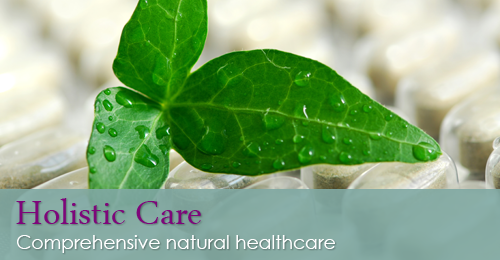Organic vs. Conventional & Genetically Modified
Proper nutrition is not as easy as just eating lots of fruits and vegetables. The soil of today is depleted of nutrients and affects the bottom line nutritional value of the food. The USDA admitted that the calcium in broccoli in 1950 was 66% greater than in 2003. Additionally, when the University of Texas tested fruit and vegetable nutrient content they found 38% less riboflavin in 1999 vs. 1950. Conventional farming practices such as the use of pesticide, hormones, antibiotics, and genetically modified foods further depletes overall nutrition and health.
Most research shows organic has more vitamins and phytonutrients relative to conventional produce (1-8). Pesticide residue accumulates in the body and exposure can cause adverse effects on ones health (9-16). For this reason it is best to try and buy organic when possible. Some studies on genetically modified foods indicate that there are health risks (17-20). It is recommended that you buy organically grown corn, soy, and canola oil due to the fact that these are often genetically modified unless stated otherwise.
It is recommended to make efforts when possible to buy organic and local produce. Some suggestions for the best quality at the best price include:
- Become part of a CSA (community supported agriculture). You pay ahead for the season and get a variety of local fruits and vegetables. Go to local harvest to find an organic CSA in your area.
- Go to local farmer’s markets. Some local farmer’s markets are organic and include local produce and good prices. Go to local harvest to find a local farmers market in your area.
- There are also local farmers that sell grass fed organic meats, poultry, eggs, and dairy. Go to eat wild and click on your state for a listing of local dairy and meat farmers. For locals in South Florida BM organics maybe your best option. They deliver the best quality grass-fed meats, poultry, fish, diary, eggs, fermented foods, raw honey, organic fruits and vegetables, and more for a $20 delivery fee, or you can go to their store in Ft. Lauderdale just south of Oakland Park Blvd on US1. Go to BM organics and check it out.
- Try to buy fruits and vegetables when they are in season. See frugal living – cheap produce for a listing of seasonal produce by month.
- For those that are on a budget there is a list called the “Dirty Dozen” and “Clean 15”. The Dirty Dozen lists the top produce items with the highest amount of pesticide residue after being washed. The Clean 15 is a list of produce with the least amount of pesticide residue. If you can’t buy strictly organic, try to at least purchase organic for the produce listed under the “Dirty Dozen”. Check out the Dirty Dozen and Clean 15 list for what to buy.
What is considered organic?
If food has the “USDA Organic” seal, it means that it is certified organic, meeting standards of government inspection. For crops, that means no synthetic fertilizers, sewage sludge, pesticides, irradiation, or genetically modified organisms were used. For livestock, there are animal health and welfare standards that must be met and no antibiotics or growth hormones can be given. For multi-ingredient foods, it must have at least 95% certified organic content. There are three general labels for organic. “100% organic” means all organic ingredients. “Organic” means made with at least 95% organic ingredients versus “made with organic ingredients” means 70% organic.
Livestock does not have to be grass fed in order for it to be organic. However, if you are able to get your hands on grass-fed organic meats, eggs, poultry, and dairy, it is by far the healthiest option.



